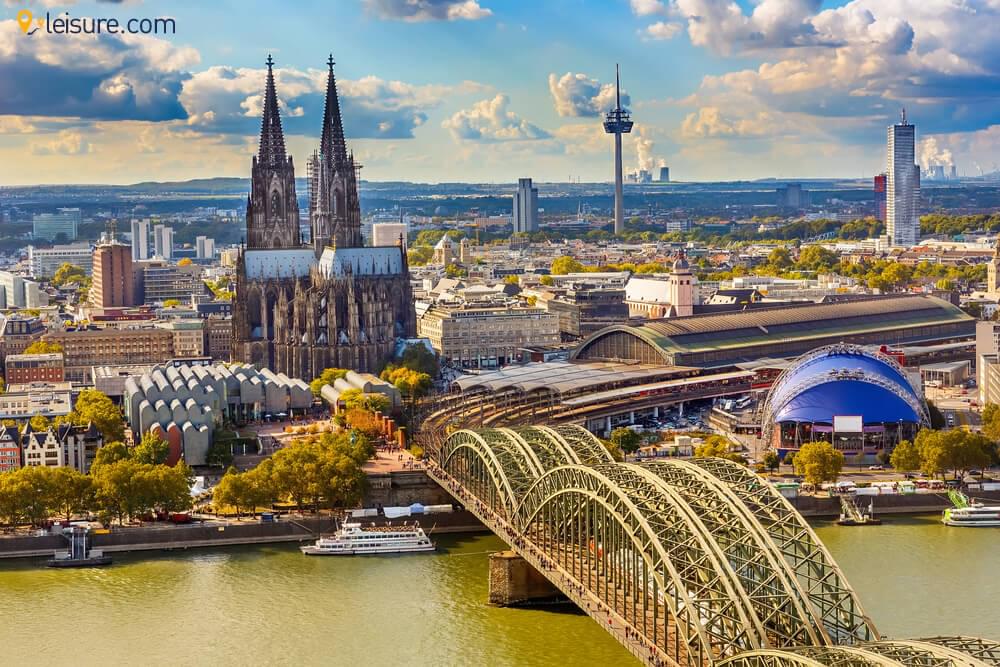- Sign in
-
Vacations
- Antarctica
- Asia
-
Europe
- Albania Vacation
- Armenia Vacation
- Austria Vacation
- Bosnia Vacation
- Bulgaria Vacation
- Croatia Vacation
- Czech Republic Vacation
- Denmark Vacation
- England Vacation
- France Vacation
- Germany Vacation
- Greece Vacation
- Hungary Vacation
- Iceland Vacation
- Ireland Vacation
- Italy Vacation
- Latvia Vacation
- Montenegro Vacation
- Norway Vacation
- Poland Vacation
- Portugal Vacation
- Romania Vacation
- Scotland Vacation
- Slovenia Vacation
- Spain Vacation
- UK Vacation
- Ukraine Vacation
- Latin America
- Middle East
- South Pacific
-
Destinations
-
Region
- Africa
- Antarctica
- Asia
-
Europe
- Albania Tours
- Armenia Tours
- Austria Tours
- Bosnia Tours
- Bulgaria Tours
- Croatia Tours
- CzechRepublic Tours
- Denmark Tours
- England Tours
- France Tours
- Germany Tours
- Greece Tours
- Hungary Tours
- Iceland Tours
- Ireland Tours
- Italy Tours
- Latvia Tours
- Montenegro Tours
- Norway Tours
- Poland Tours
- Portugal Tours
- Romania Tours
- Scotland Tours
- Slovenia Tours
- Spain Tours
- UK Tours
- Ukraine Tours
- Latin America
- Middle East
- North East US
- South East US
- South Pacific
- South West US
- West US
- Interest
-
Region
- Latest Trends
- Last Minute Deals
- Safaris
- Flight
- Cruises
- Travel Ideas
- Travel Shop
- World's Best
- Destination Of The Year
- Post
- Subscribe
- Start Planning
The Best Germany Tour Itinerary For Travel-Lovers









Berlin, the capital city of Germany and an iconic symbol of reunification may have had a turbulent past. This city reflects a classic example of different historical periods in its many distinctive neighborhoods, which house numerous palaces, museums, cathedral and other sites of historic interest. This Germany tour itinerary covers this lively city with its many parks, cafés, clubs, bars and street art especially the East Side Gallery. Berlin is also home to the Berlin Philharmonic Orchestra and the world-famous Berlin Opera.
Trip Highlights
-
Explore the historic beauty
-
Discover the Ancient Schwerin Cathedral
-
Embrace the Romantic and Luxurious Schwerin Palace
Trip At A Glance
Day 1: The State Museum (Staatliches Museum)
Day 2: Lake Schwerin
Day 3: The Ancient Schwerin Cathedral
Day 4: Schloss Ludwigslust
Day 5: Romantic and Luxurious Schwerin Palace
Day 6: Herakles Skulptur
Day 7: Travel Back
Tour Price
Our private tours typically range from $500 - $1000 per person/per night depending on chosen hotels and room categories, vehicles used, types of tours, flight cost, time of year and other factors. Make an inquiry for a customized trip quote.
Detailed Itinerary
Day 1: Arrival In Berlin
Upon arrival, you can explore the State Museum (Staatliches Museum), which is famous for an art gallery and a museum, located opposite Schweriner Schloss. It was established by Frederick Francis II, the Grand Duke of Mecklenburg-Schwerin, in the year 1882 and it is a very important repository for state-owned, natural history collections. The day can be spent exploring the entire city and top attractions of the city.
Day 2: Lake Schwerin
Lake Schwerin is about half of the size of its nearest lake neighbor, the majestic Müritz lake. Surrounded by other smaller lakes, it is famous for its bird sanctuary, and the rainbow trout that swims in its very deep water. It has the honor of being the second biggest lake in North Germany and also the fourth largest in the country. Visitors flock here throughout the year and this place is also quite popular among the locals, who come here with their families and have picnics along the lake.
Day 3: The Ancient Schwerin Cathedral
Schwerin Cathedral is a Roman Catholic cathedral as old as Schwerin itself, it is dedicated to the Virgin Mary and Saint John. The cathedral is a historic and dramatic place to visit. It has a tower from where you can see the beauty of Schwerin. it was first built of timber and the foundation stone of the stone cathedral was laid in 1172. After a construction time of seventy-six years, it was consecrated in 1248. It is now the church of the Bishop of the Evangelical Lutheran State Church of Mecklenburg. Do not forget to take a quick bite there so that you can regain your energy for the rest of the day.
Day 4: Schloss Ludwigslust
Ludwigslust Palace is a luxurious stately home in the town of Ludwigslust, in Mecklenburg-Vorpommern, in the northern part of Germany. This palace has a huge collection of courtly art and artifacts of the aristocracy of past centuries, including royal paintings, palatial furniture, and fine décor. The castle is the beautiful centerpiece of a baroque city complex and is still fully preserved. It served as the main residence for Duke Friedrich and Grand Duke Friedrich. Spent the entire day there and come back to your hotel to take some rest.
Day 5: Romantic and Luxurious Schwerin Palace
Schwerin Palace, also known as Schwerin Castle, is a foremost example of European architecture and is to become a World Heritage Site. It is located on the city’s main lake, Schwerin See or Schwerin Lake. The palace was the stately home of the dukes and grand dukes of Mecklenburg and later the Mecklenburg-Schwerin. Now it serves as the residence of Mecklenburg-Vorpommern state parliament. The finest examples of craftsmanship are found in the 653 rooms of the palace, which are works of magnificence. Most of them are built with marquetry floors, fine carvings, with gilding and ceiling stucco work. A fascinating piece of architecture is the throne room, with its columns made from Carrara marble and cast-iron doors.
Day 6: Herakles Skulptur
Near Schwerin Palace, you will find a statue of Herakles, or Hercules, taming the Cretan bull. The statue of Hercules stands near the castle, overlooking the water, in a breathtaking scene. Many people already know that the German people love Hercules, and so when the choice had to be made regarding what statue to place at the gate, between St. George and Hercules, the latter was chosen, as Hercules depicts victory. The Berlin sculptor August Kriesmann created the sculpture, in 1853.
Day 7: Travel Back
On the last day of the Germany tour itinerary, you can visit the market to buy some souvenirs and come back and get ready with your luggage. Call the private transfer and leave for your home.
Learn more about leisure plans
